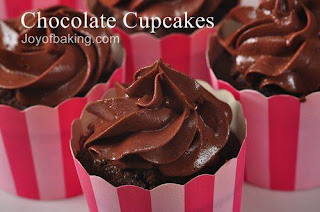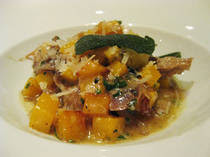
A Lemon Frosted Lemon Cake is sweet and buttery with a moist yet dense texture. This cake is similar to a pound cake and as its name implies, it has a tangy lemon flavor that comes from adding both lemon zest and lemon juice to the cake. The lemon flavor is also found in the lemon flavored frosting, made with confectioners sugar and lemon juice, that dries to a hard and crusty glaze. A lovely cake to serve in the afternoon with a hot cup of tea.
When choosing lemons look for ones that are fragrant with brightly colored oily yellow skins. If you can buy organic. The best lemons have firm, plump, and heavy for their size. Don't buy lemons that have blemishes, soft spots, or are hard and wrinkled. Lemons consist of a yellow outer rind (skin) that can be of varying thickness and graininess, and can have either a bumpy or a smooth texture. This outer skin is where most of the lemon's wonderful tangy flavor is located. Before removing the outer rind (zest) make sure you wash the lemon thoroughly (soap and water is best). When removing the zest do not remove the white membrane (pith) that is underneath as it is very bitter tasting. Once you have removed the outer rind, inside the lemon are small vessels called 'pulp vesicles' which contain the pleasantly acidic lemon juice and seeds. Squeezing the lemon by hand or with a lemon squeezer or reamer releases this clear tart juice. Always use fresh lemons to make lemon curd as the bottled lemon juice is a poor substitute and won't give you that wonderful sharp and refreshing citrus taste.
This lemon cake recipe is one that I find over and over again in some of my favorite English cookbooks. There is a recipe in Arabella Boxer's wonderful book Arabella Boxer's Book of English Food which is about British foods served before WWII. Another similar recipe for can be found in Jane Pettigrew's The National Trust Book of Tea-Time Recipes which pays tribute to present day tea rooms in the United Kingdom. But the recipe I use the most comes from the English food writer, Jane Grigson in her excellent book Jane Grigson's Fruit Book. Read more:


















